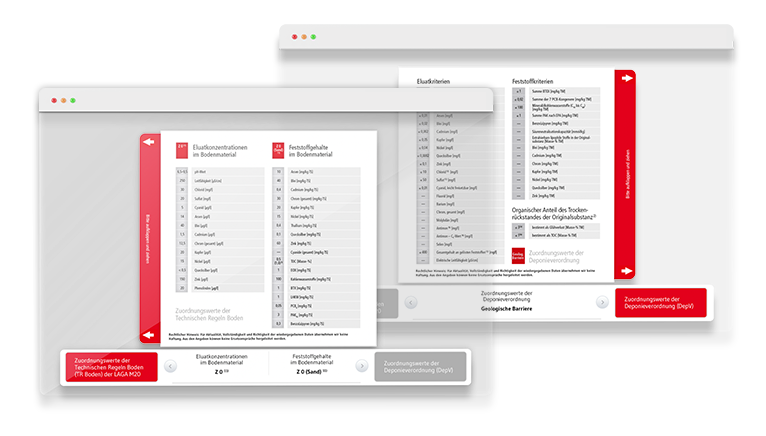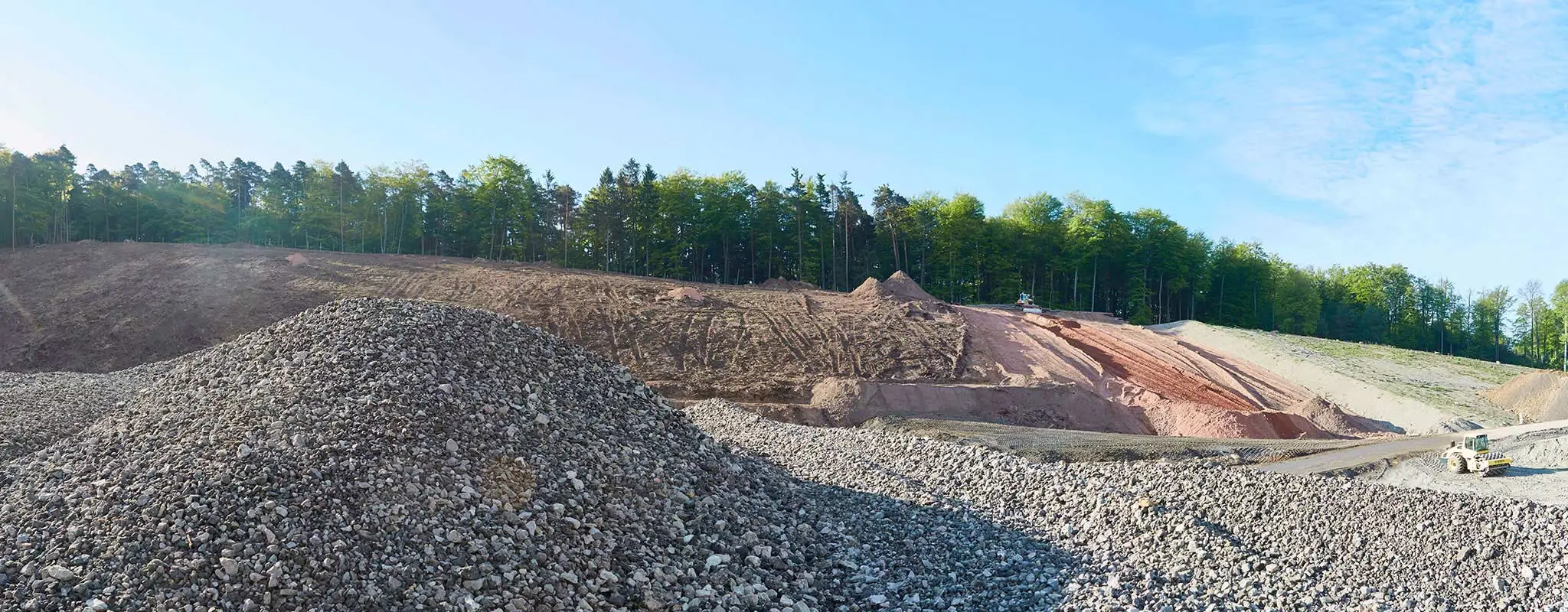Search
Company locations
The whole picture – with just a single click. Find out here where our branches are located, what services they offer and how to contact them.
REMONDIS Group locations
Discover the world of REMONDIS with its approx. 900 branches and associated companies in over 30 countries across Europe, Africa, Asia and Australia.
Landfill Directive forms the base
The German Landfill Directive transposes the European Council Directive on the landfill of waste into national law. It regulates the construction, operation, closure/decommissioning and aftercare of landfills in a uniform and strict manner throughout Germany. In particular, the regulations on conditions for landfilling, acceptance procedures, decommissioning and aftercare show how high the safety requirements for today's landfills are.
Landfill classes and waste classification
The designation and classification of waste including the hazardousness status is carried out in accordance with List of Waste as established in European Commission Decision 2000/532/EC. Waste is defined using a six-digit waste code and the respective two-digit and four-digit chapter headings. Exactly which types of waste may be accepted at a certain site is specified for each landfill in the according landfill permit.
Definition of landfill classes accordion to the German Landfill Directive | |||||
|---|---|---|---|---|---|
| DK 0 | Above-ground landfill for inert waste complying with the criteria fpr landfill class 0 in accordance with Annex 3, point 2 | ||||
| DK I | Above-ground landfill for waste complying with the criteria for class I landfill in accordance with Annex 3, point 2 | ||||
| DK II | Above-ground landfill for waste complying with the criteria for class II landfill in accordance with Annex 3, point 2 | ||||
| DK III | Above-ground landfill for non-hazardous and hazardous waste complying with the class III landfill classification criteria set out in Annex 3, point 2 | ||||
| DK IV | Underground landfill, in which waste is deposited
| ||||
German assignment values for disposal

Waste may only be deposited at landfills or sections of landfills if it meets the acceptance criteria corresponding to the class of landfill. The assignment values depending on the landfill class can be found in Table 2, Annex 3 of the German Landfill Directive.
Landfill construction
Part 2, § 3 of the German Landfill Directive deals with the construction of landfills. In this context, an entrance area must be set up in addition to the disposal area. Furthermore, the landfill operator must secure the landfill in such a way that unauthorised access to the plant is prevented.
When constructing a landfill site, the requirements regarding the location, the geological barrier and the base sealing must be complied with. The structure and the associated components of the base sealing are defined in the Landfill Directive (see Landfill Directive, Annex 1, Table 1).

Acceptance procedure
The acceptance procedure is regulated in § 8 of the Landfill Directive. The waste producer must submit the basic characterisation to the landfill operator before the first delivery of a waste. This includes, among other things:
- Waste origin
- Waste description
- Type of pre-treatment, if applicable
- Appearance, consistency, smell and colour
- Mass of waste (total quantity or quantity over time)
- Sampling protocol
- Protocol on sample preparation
- Related analysis reports on compliance with the assignment criteria
The landfill operator must carry out an acceptance check on each waste delivery, at least:
- Control whether the basic characterisation of the waste is available
- Determination of the mass, the waste code and the waste designation in accordance with the List of Waste
- Check of the waste producer's documentation for compliance with the basic characterisation data
- Visual inspection before and after unloading
- Control of appearance, colour and smell
The landfill operator also has to carry out a check on compliance with the assignment criteria for the first 500 tonnes of non-hazardous waste delivered in quantities of more than 500 tonnes, which has been characterised for the first time or subsequently. Furthermore, when quantities of more than 500 tonnes are delivered, he must carry out a random check of the key parameters for each 5,000 tonnes, at least once a year. In the case of hazardous waste, this is controlled more closely: For a delivered quantity of 50 tonnes or more, the landfill operator must carry out a check on compliance with the assignment criteria, and the key parameters must then be verified for each 2,500 tonnes, at least once a year, by means of a checkup.
Closure and aftercare procedures of a landfill
After the disposal phase, the closure of a landfill begins, followed by the aftercare phase. The time period of the closure and aftercare phase is determined by the authorities. In the closure phase, the landfill operator of a landfill must take all necessary measures to establish a surface sealing system. The measures are described in the Landfill Directive depending on the class of landfill (see German Landfill Directive, Annex 1, Table 2).
The aftercare measures serve to control, reduce and avoid emissions, immissions, troubles and hazards. Even before the start of the disposal phase, appropriate trigger thresholds (groundwater monitoring values) are defined taking into account the hydrological conditions and groundwater quality and suitable groundwater measuring points for monitoring these thresholds are established. The landfill operator must create the required measuring equipment and carry out appropriate checks until the end of the aftercare phase. In addition, the operator is responsible for handling leachate and landfill gas and is obliged to minimise other inconveniences or hazards.

PP-LANDFILL slider: Technical rules in pocket format
Easy-to-use and practical, the PP-LANDFILL slider summarises the assignment values of the German Landfill Directive and TR Boden of LAGA M20.
Online version (German only)





